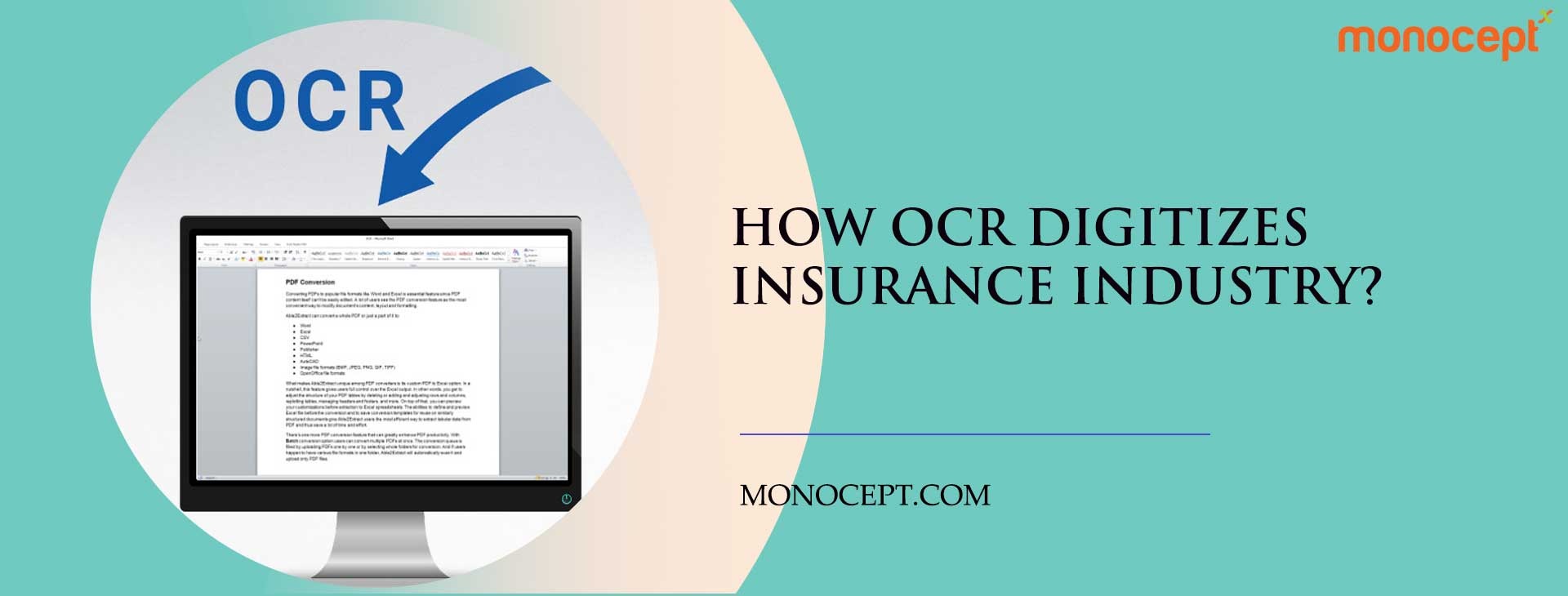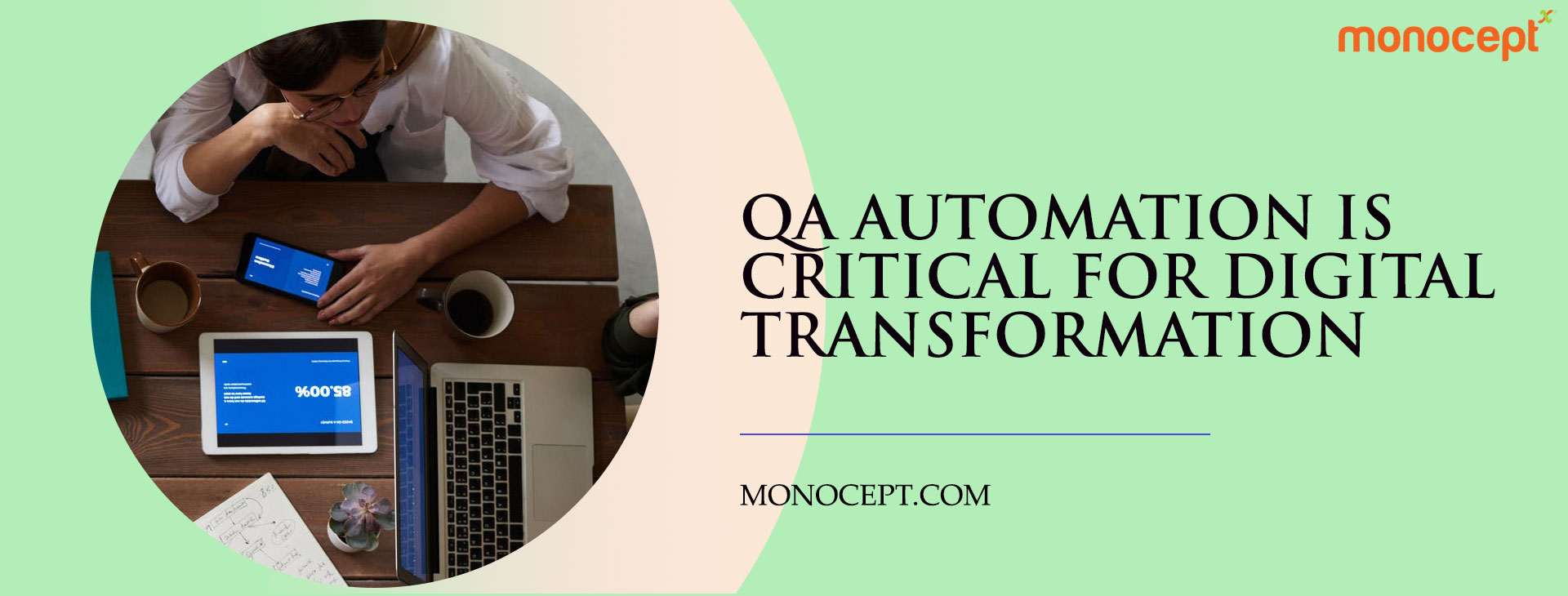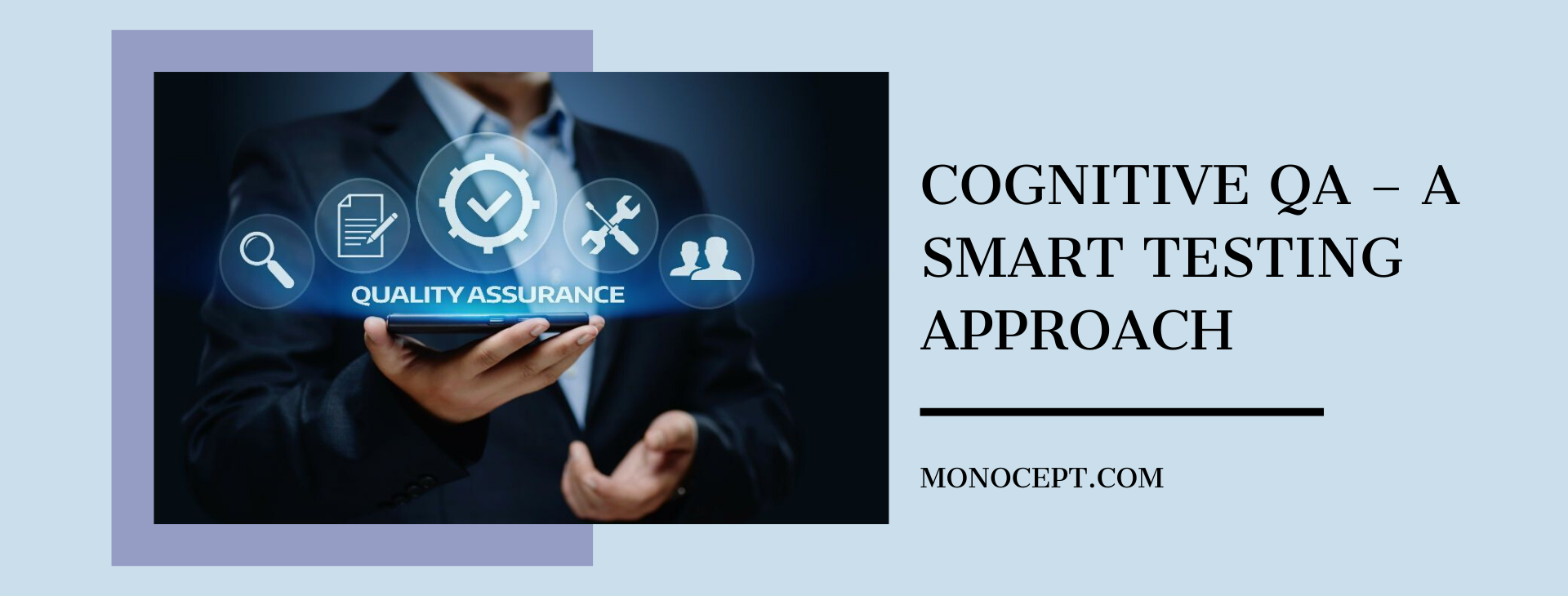Using Video To Engage Students Of The New Generation
It’s a widely believed aphorism — we remember 10 percent of what we read, 20 percent of what we see, and 30 percent of what we hear. Regardless of whether you believe in these numbers, even your own experience of the world makes this undeniable — it’s definitely easier to absorb and retain important information and details when it is being presented to us in an engaging and interactive format, rather than a static one-way flow of information. This is especially true as we contemplate how the very ideas of what constitutes education and learning need to be revolutionised so that the children of today can become successful leaders of tomorrow.
In the age of technology, the rules are constantly changing and evolving. Education’s function today is not simply to instruct children, and learning does not mean aiding them in memorising large amounts of information; their purpose is to inspire and challenge them to think. To successfully achieve this, a complete overhaul in the way they are presented with information is one of the burning needs of the day.
With data becoming cheaper and more easily accessible, educators are in the unique position to take advantage of video technology to keep their students engaged. Good quality video content is now affordable as well as aid educators in ensuring that students approach their education with excitement and interest, and retain lessons for a longer period.
Educators and institutions that wish to adopt videos as an integral part of their approach to teaching must therefore keep these strategies in mind to make optimal use of video technology.
Blend technologies for optimum results — Videos can be merged with text to reinforce the message, both formats supporting each other in securing an enhanced learning experience for the student. Remember, it doesn’t have to be an either/or situation.
Maximum results, minimum effort — With proper planning and intelligent use of technology, universities can make lectures available to students in real time as well as for playback, ensuring larger classrooms and therefore profitability for themselves, while at the same time making access easy and possible for students who might not otherwise be able to enrol due to physical constraints. The ability to play back lessons can help students further analyse and engage with the material they are being instructed in.
Both students and educators can become content creators — With even basic training in tools and technology, educators can create supplementary video content to further aid the learning process for the students, that too at their own convenience. Similar training for students will help them think outside the box to come up with innovative ways of presenting their projects and submitting their assignments, while analysing which format is the most effective in presenting which argument.
To sum up, the advantages of incorporating video technology to engage students has many benefits. In addition to being able to recall information more easily, it inculcates curiosity and a more heightened attention to detail. Also, creating a video is an inherently collaborative effort, which helps children learn the all-important skills of listening, negotiation, and compromise. It keeps their mind agile, because it requires them to be undaunted by technology and the fear of failure. And finally, all these things together help increase students’ self-confidence and faith in their own autonomy.





















































































